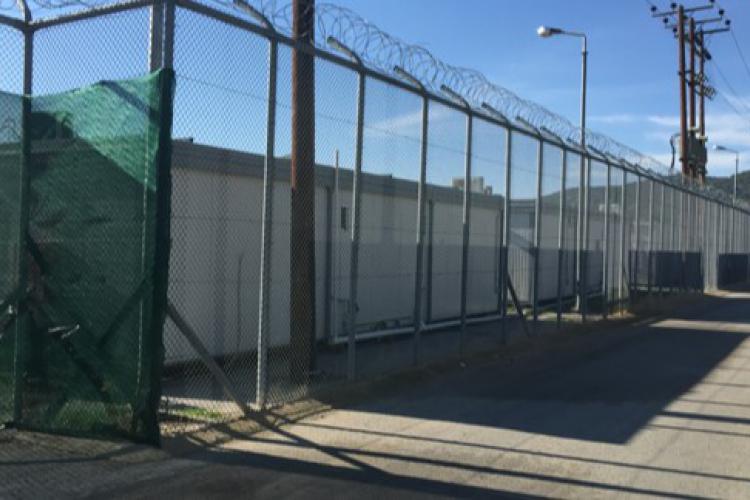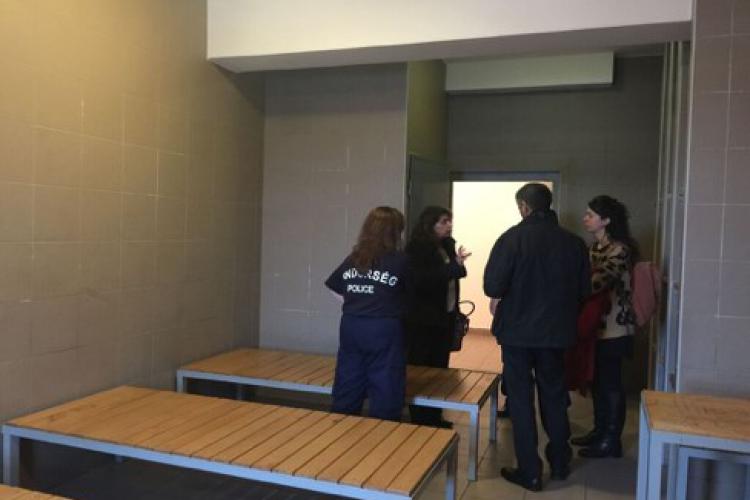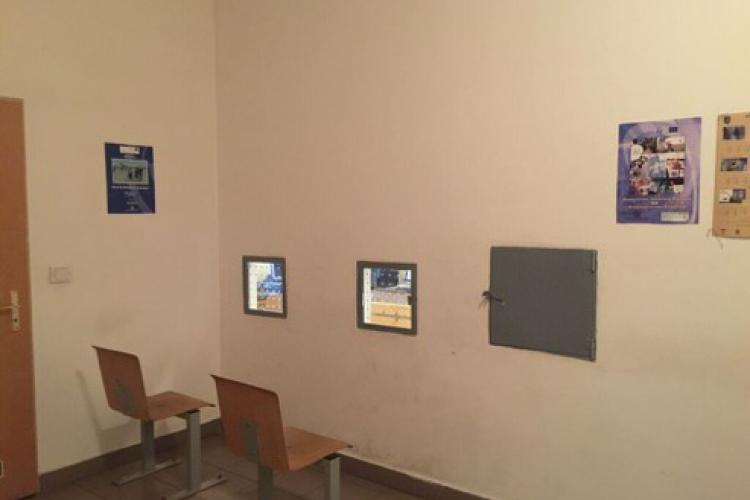Post by Hindpal Bhui, Mary Bosworth and Andriani Fili.
In this post, we describe findings from an ESRC-funded Knowledge Exchange project into human rights monitoring in immigration detention. While this post, and the associated report, deals with an initial stage of the research, our work in this area is ongoing. Working together, we seek to inform policy and academic scholarship about human rights monitoring and about practices of detention at the borders of Europe.
The high levels of migration into Europe since 2015 have had a profound effect on the countries at Europe’s borders. Greece and Italy have been the initial points of arrival for people coming through North African routes, while others have sought to reach northern and western Europe overland through Hungary, via the Balkan route. Meanwhile, Turkey has sheltered millions of people fleeing the war in Syria, alongside migrants from many other countries passing onwards to Europe.
Under pressure from the EU to stop the onward flows of people, Greece, Turkey and Italy have opened numerous detention centres and camps, and Hungary has constructed physical barriers. Growing numbers of people have become trapped in large migrant camps in Greece and the Balkans, where they reportedly endure poor conditions and increased mental health problems. The closure of migration routes has also led to people attempting more dangerous crossings towards Italy.
In a report, published today, we discuss findings from a research project undertaken during 2016 and 2017 in Greece, Turkey and Italy as sites of first arrival, and Hungary as a place of onward migration. The project investigated the conditions in detention and the nature of human-rights based monitoring within detention centres. There has been limited and sporadic academic research on immigration detention in these countries, while nothing at all has been published on the process of monitoring these sites.

The principal responsibility for monitoring conditions in detention falls to the National Preventive Mechanisms (NPMs). These bodies, established pursuant to the 2002 UN Optional Protocol to the Convention against Torture (OPCAT), had been formed relatively recently in each country. OPCAT guarantees functional independence for NPMs and they should be able to both make recommendations and comment on legislation. States must grant them unhindered access to detainees and any information necessary to perform their role, such as numbers of people detained and locations, and other data that can help NPMs to judge how detainees are being treated. If these criteria are fully adhered to, NPMs can provide a powerful safeguard.
In addition to meeting with NPMs, we also spoke to NGOs and human rights organisations involved in supporting detainees or campaigning for migrant rights. Some of these organisations undertook forms of detention monitoring and often had considerable experience and valuable insights. Coordination and contact between these civil society organisations and the NPMs varied.
In each country, we explored the political and migration policy context, the structure of and conditions in detention, and the way that detention was being used. We also visited detention centres in Athens and at the Hungarian border with Serbia. The rapidly changing environment is reflected by the fact that some of the centres we visited have already closed and others have opened.

Across the board, we found a lack of overall ownership of the task of detention. There were no professional detention trained staff and lines of accountability were unclear. Allegations of physical abuses in the centres we saw were not taken seriously. We saw poor conditions for detained unaccompanied children and unhelpfully blurred definitions of detention were applied in Hungarian ‘transit zones’ and Greek and Italian ‘hotspots’, where migrants could not leave or could only go back if they did.



The NPMs in all four countries were relatively new and not yet able to fulfil their mandates, albeit that this was improving in most countries. There was a great need for NPMs to be active and supported. Where they could not do the work, the gap had been filled to some extent by NGOs and the UNHCR. These organisations were keen for the NPMs to use their powers and generally understood that NPMs were trying hard to establish an effective way forward, often in a difficult political climate.
The next phase of the project will seek to understand more about how, despite these difficult challenges, NPMs can increase their effectiveness in protecting the rights of detainees. The project continues to foster direct engagement and exchange visits among practitioners and academics. In so doing, we hope not only to better understand what is happening, but also to contribute to evidence-based practice, drawing on best practice and encouraging critical reflection and development.
You can read the report
Any comments about this post? Get in touch with us! Send us an email, or post a comment here or on Facebook. You can also tweet us.
__________
How to cite this blog post (Harvard style)
Bhui, H., Bosworth, M. and Fili, A. (2018) Monitoring Immigration Detention at the Borders of Europe. Available at: https://www.law.ox.ac.uk/research-subject-groups/centre-criminology/centreborder-criminologies/blog/2018/06/ (Accessed [date]).








